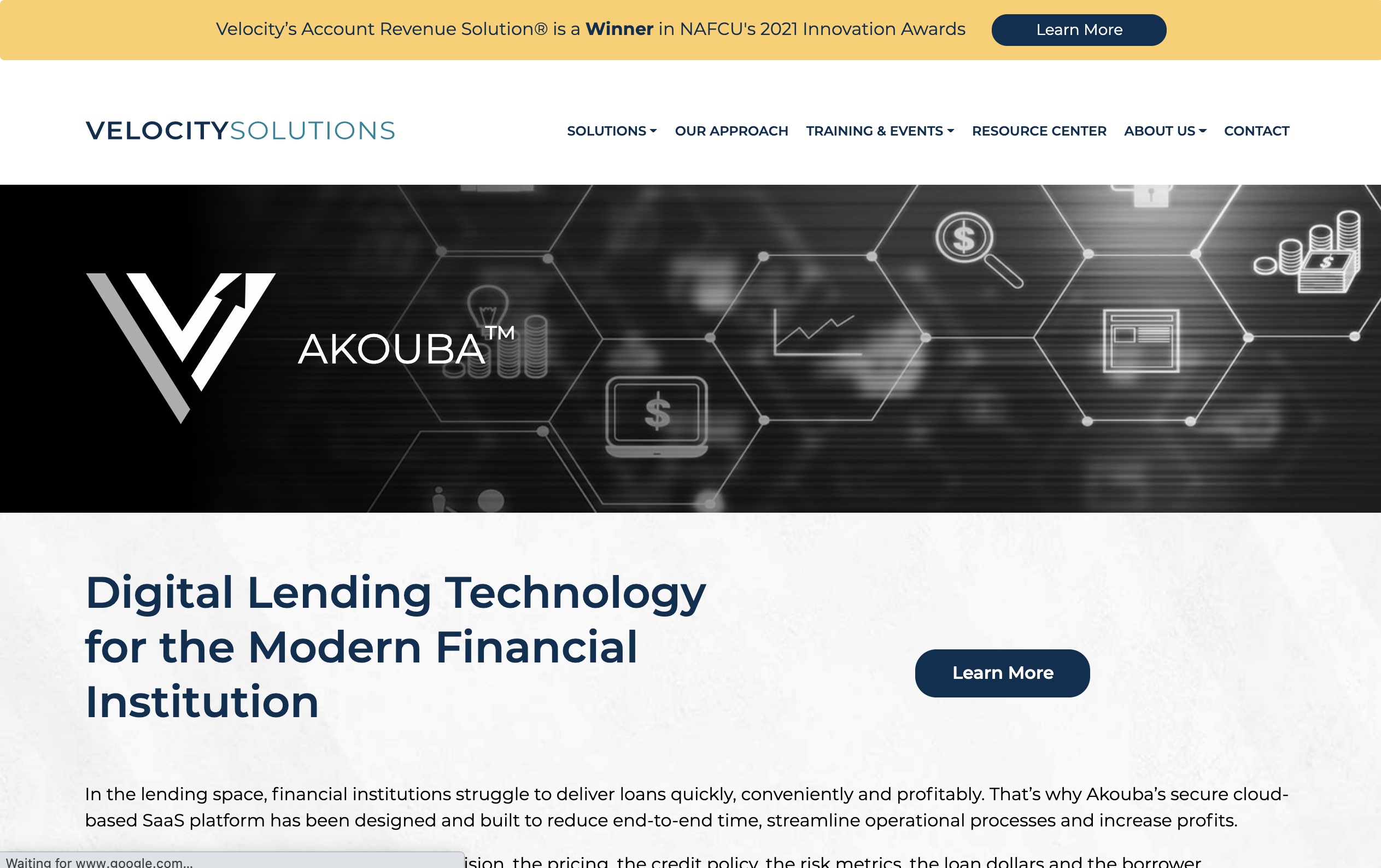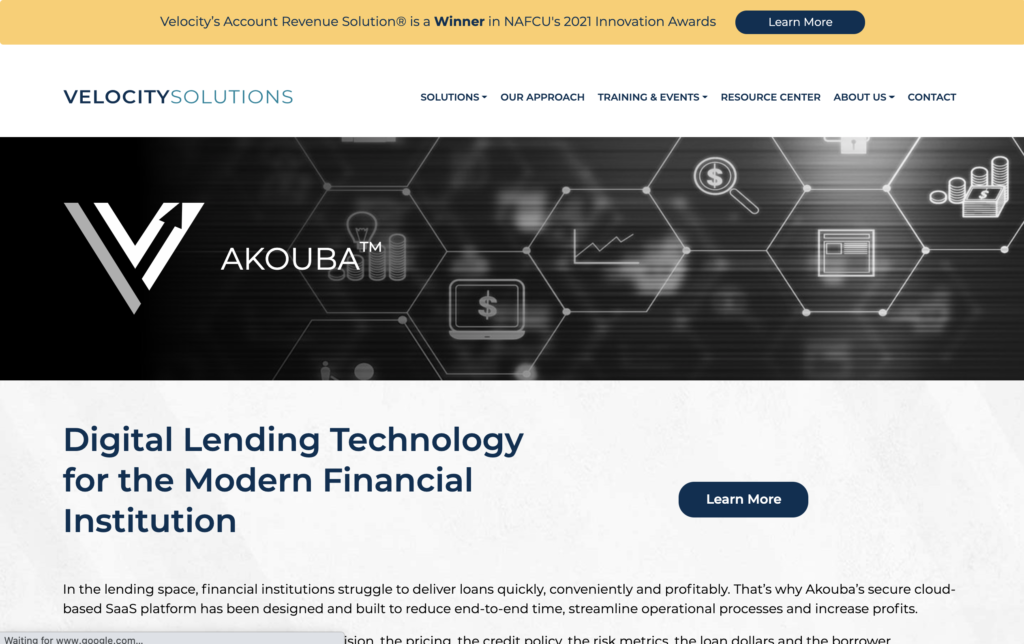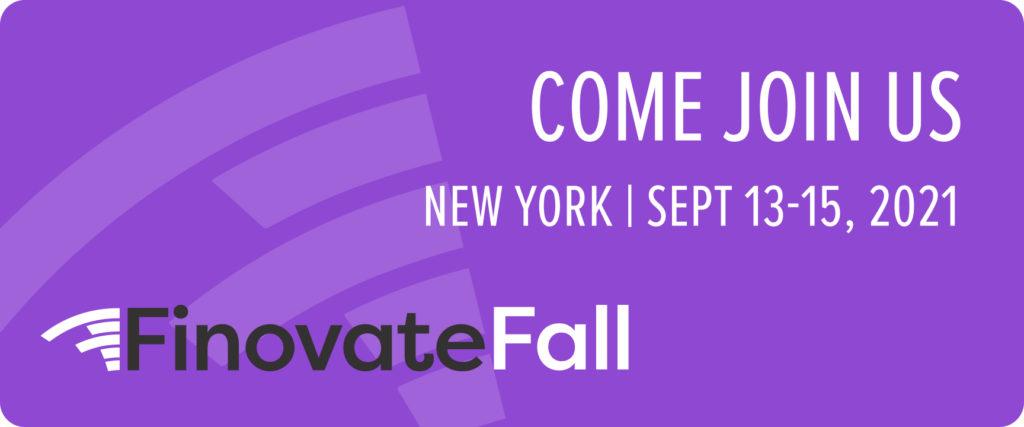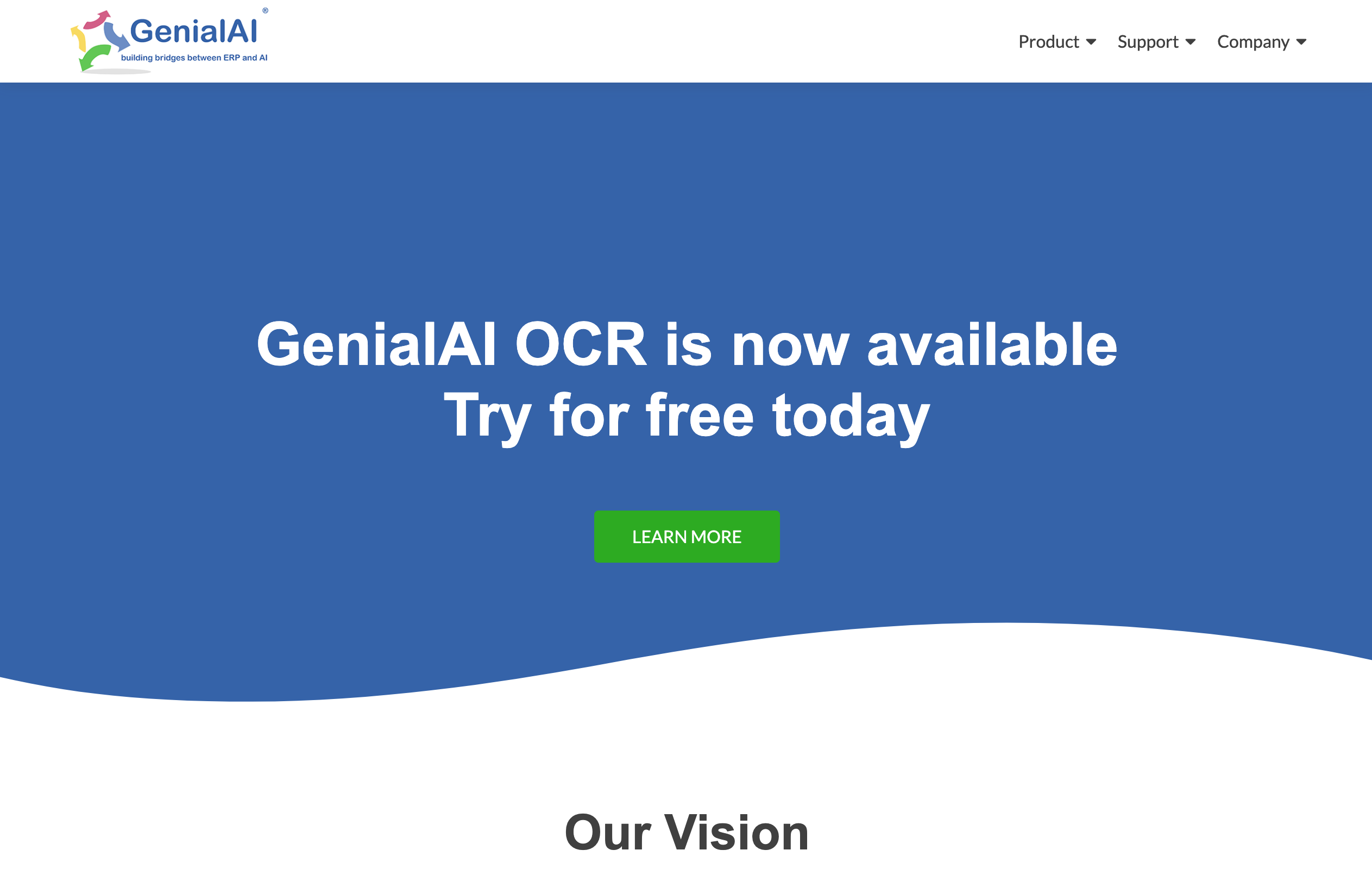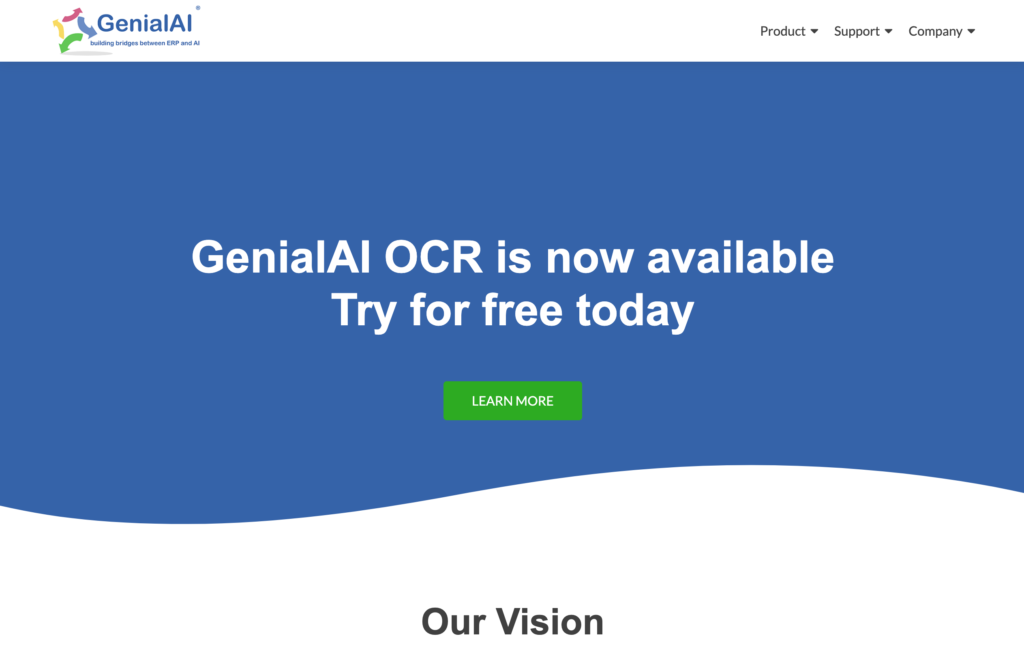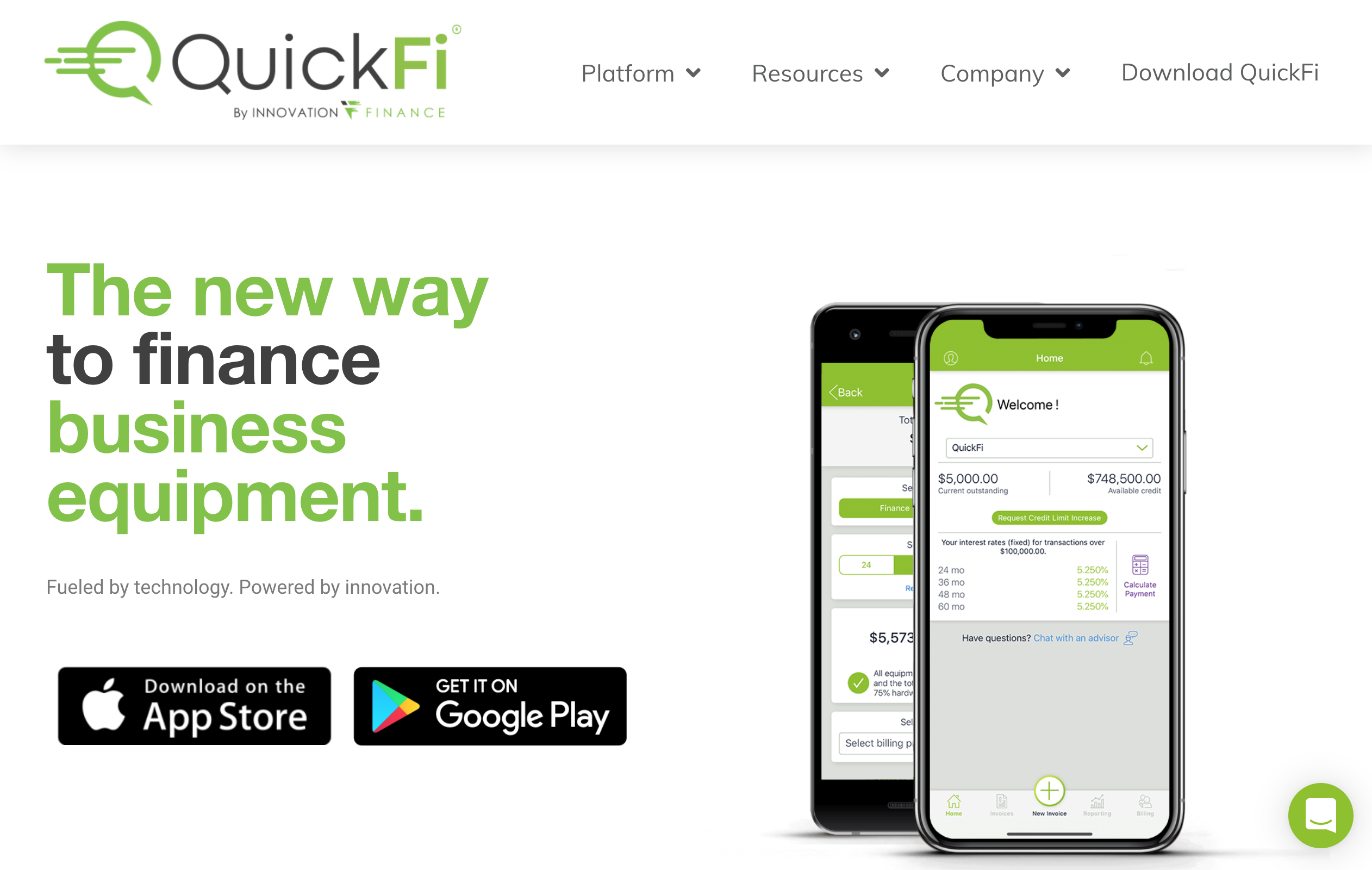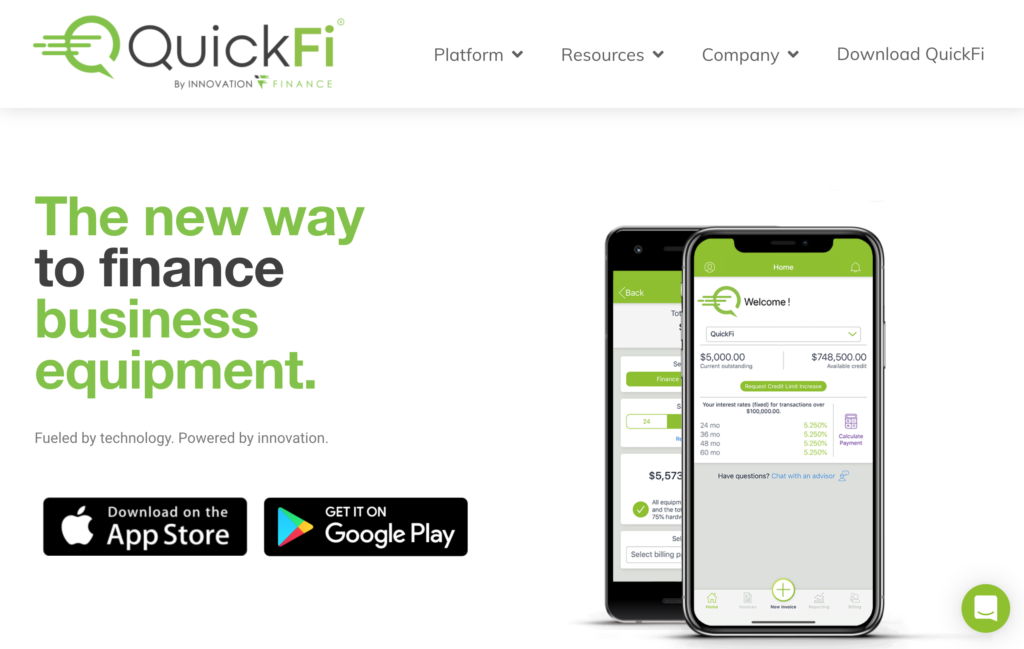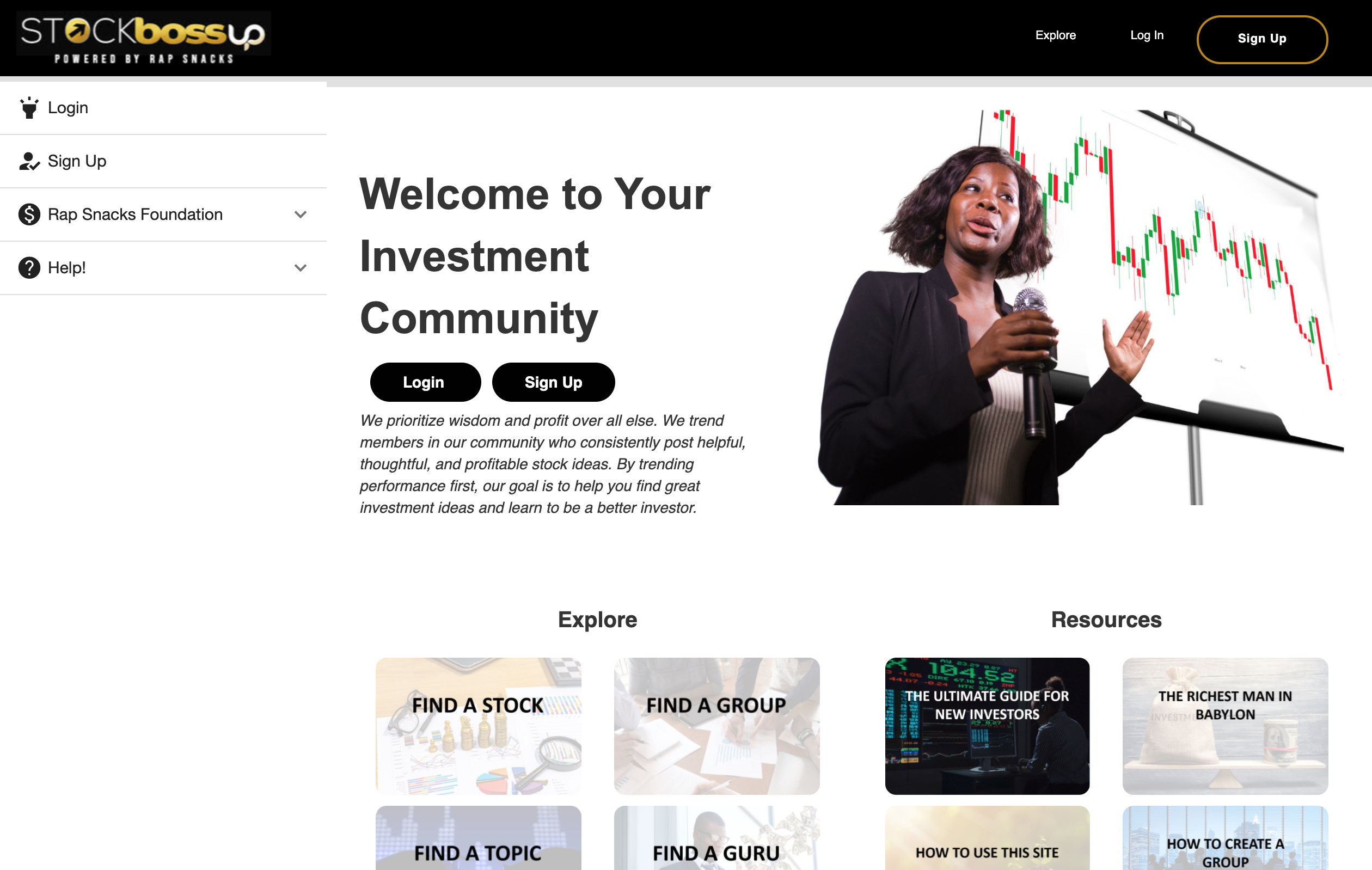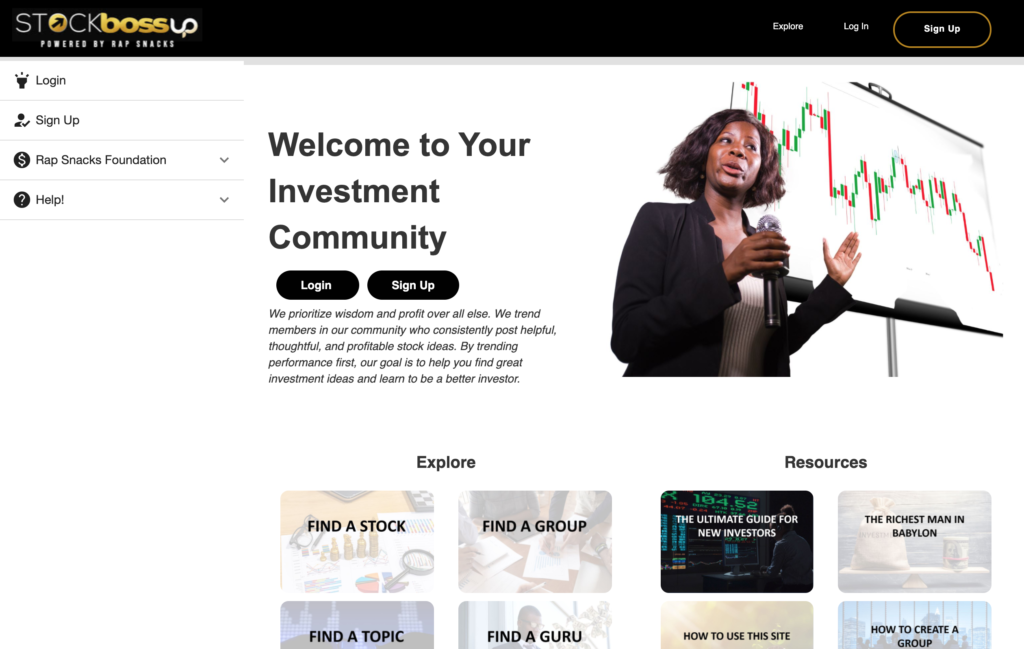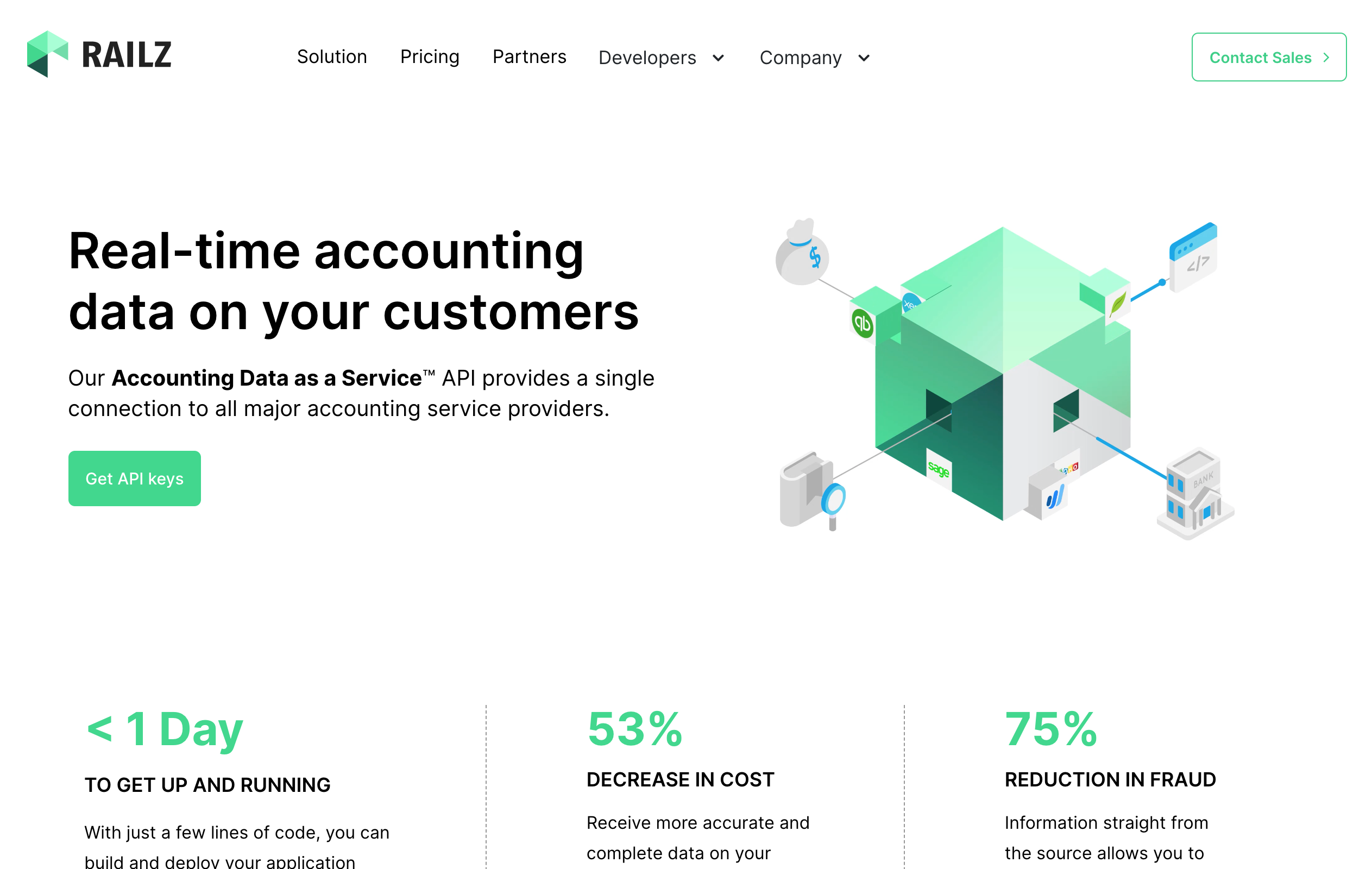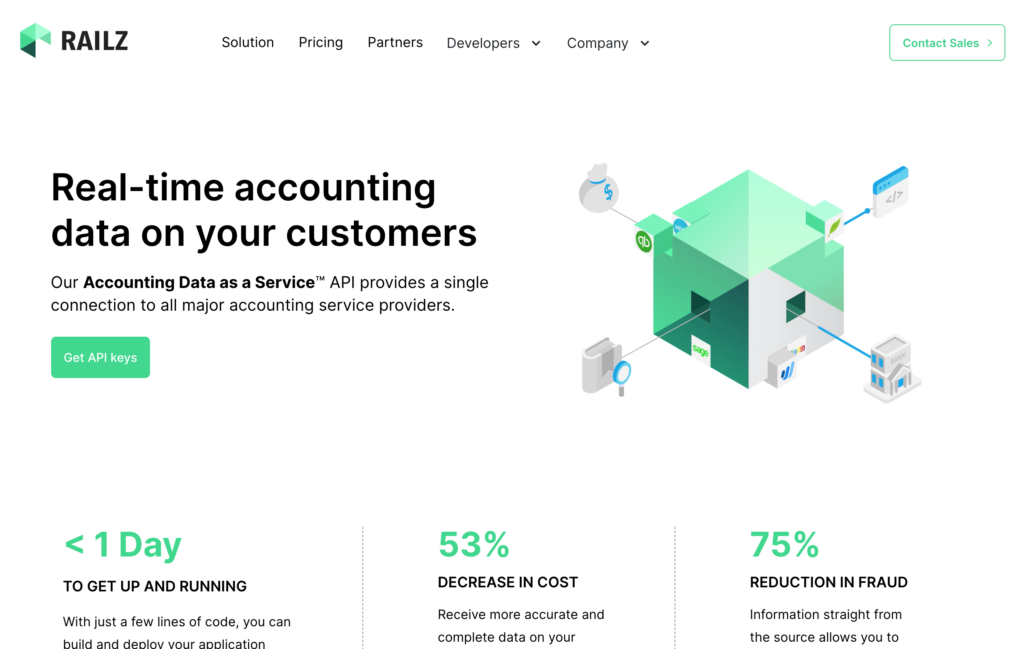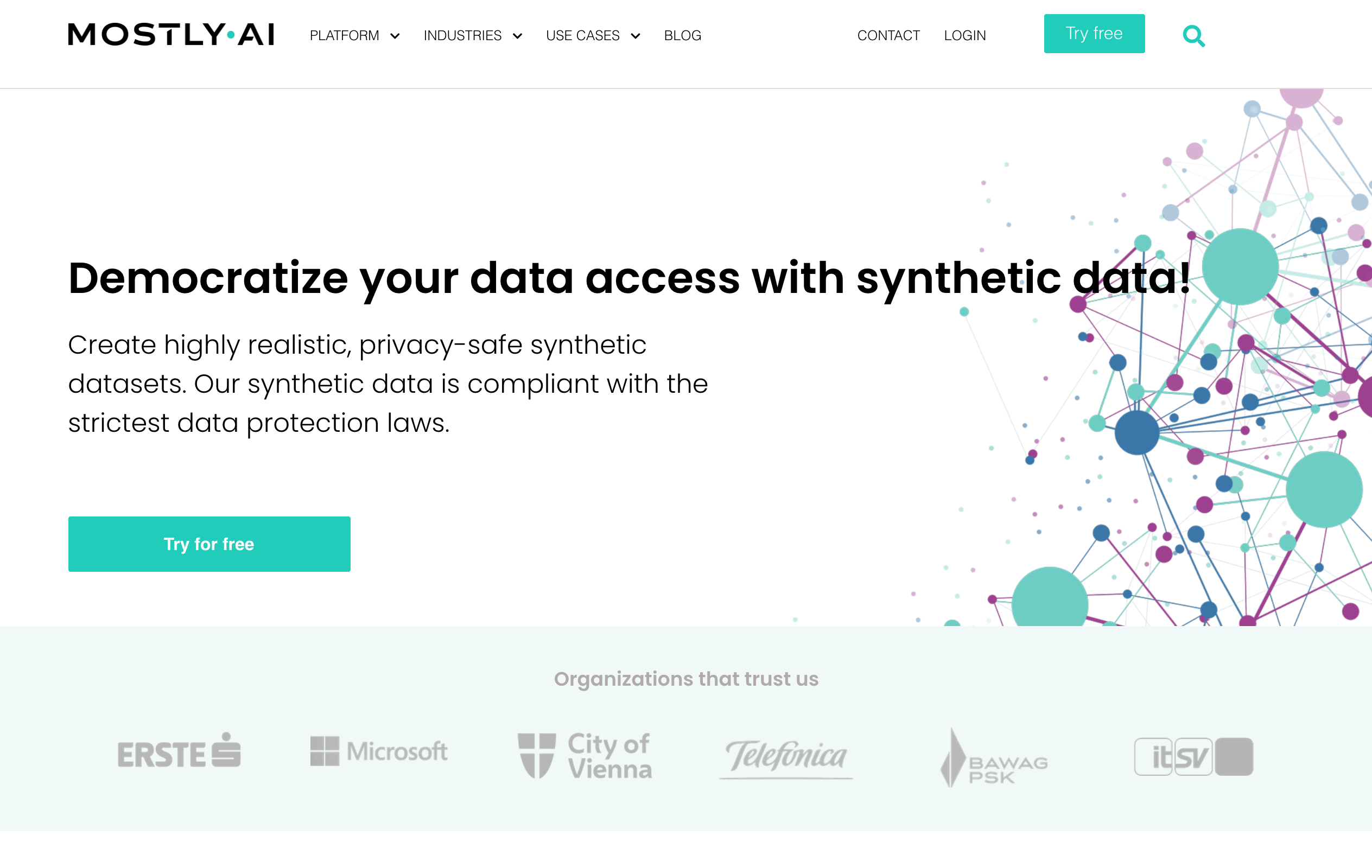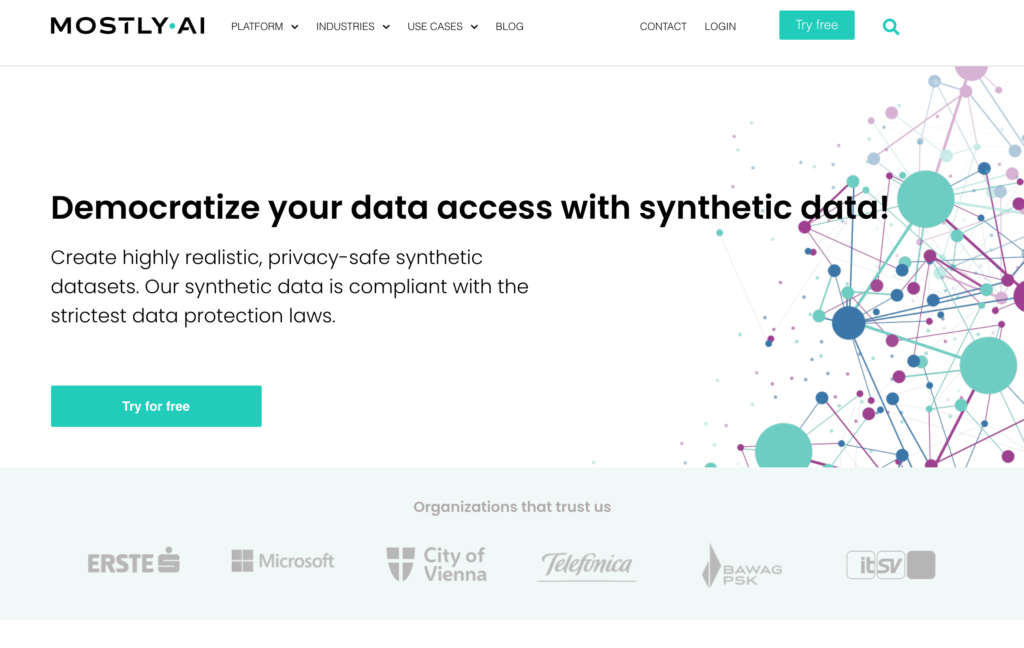
Financial data platform MX announced a collaboration with 1.2 million-member BECU (Boeing Employees Credit Union) to build a new mobile app feature called Quick Save that will help members boost their savings. Piloted last year with BECU members that had low savings account balances, Quick Save helps increase savings via an easy-to-use “slide to save” module that enables frequent, small dollar amount transfers.
“BECU is continually innovating and leveraging technology to improve our members’ experience and empower them financially,” BECU Director of Digital Strategy Liz Wagner explained. “It’s been inspiring to see Quick Save go from a concept to a fully functioning tool that members in this pilot are using to build their savings.”
The pilot project was conducted – and evaluated – in coordination with the Financial Health Network (FHN). Over the course of five months, FHN determined that BECU members using the new solution had transferred more than $2 million into savings accounts, representing an 18% increase in savings balance for the credit union’s low-balance savers, and a 26% increase in money movement via mobile transfers. Wagner credited the “combined power” of all three parties involved for both helping build and measure the effectiveness of the Quick Save offering, adding that the solution would “meaningfully improve our members’ financial health.”
Quick Save is only the latest example of the relationship that the Utah-based fintech and BECU have cultivated. More than five years ago, BECU went live with Helios by MX, a cross-platform framework that enables device- and platform-agnostic, full-featured digital banking.
“When it comes to mobile banking, every option we looked at functioned about the same,” BECU VP of Digital Banking Howie Wu said after the technology had been implemented. “We saw Helios as a chance to stand out and provide a very different experience.” Wu highlighted digital money management, aggregation, budgeting, and alert notifications among the offerings available via the framework – “all features that would enable our members to be financially strong,” Wu explained. Within 18 months of its deployment, BECU reported a 170% increase in billpay, a 56% increase in money transfers, and a 22% increase in check deposits.
Headquartered in Tukwila, Washington (a suburb of Seattle) and founded in 1935, BECU has assets of more than $26 billion. The institution is the largest credit union in Washington State and the fourth largest credit union in the U.S.
“BECU and MX have been aligned partners for years, both resolute in our determination to help strengthen the financial well-being of BECU members and their community,” MX Chief Customer Officer Nate Gardner said. He called Quick Save “yet another example of BECU’s wholehearted commitment to financial strength” as well as delivering “intelligent and personalized money experiences for the hundreds of thousands of members they serve.”
A multiple-time Finovate Best of Show winner, MX returns to the Finovate stage next month in September for FinovateFall in New York.






